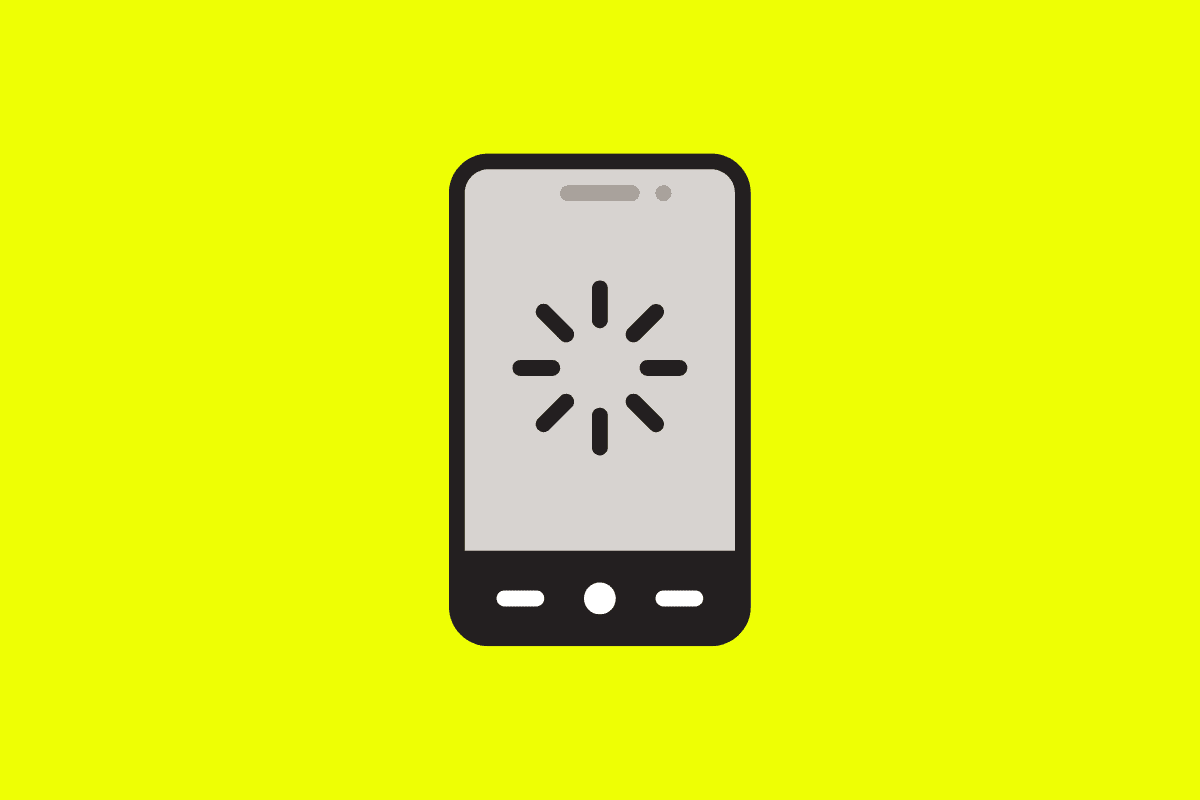
Embrace CEO Eric Futoran and Homa Games Head of Mobile Manel Simon recently sat down with Game Developer’s Alissa McAloon for a discussion about their experiences in mobile games and what developers need to be focusing on today in order to build better player experiences.
Here are the most important takeaways from their discussion.



